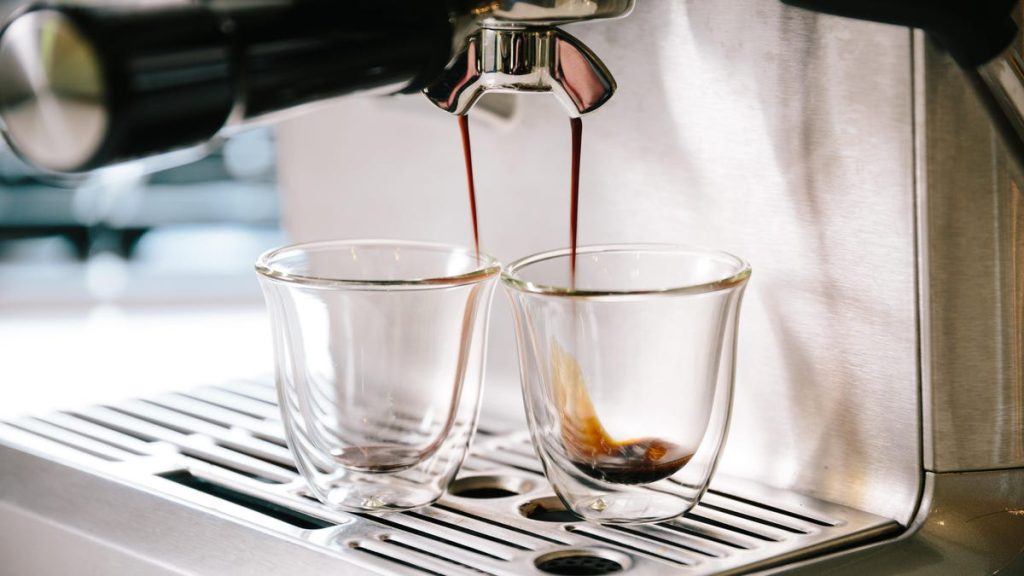The evaluation process for home espresso machines involves hand-washing and drying all removable parts and accessories, running a brewing cycle with hot water to remove residual materials, and using a conical burr grinder for freshly ground coffee. Pulling shots involves following the machine’s manual for coffee grounds and tamping instructions, as well as brewing double shots to calculate total dissolved solids and extraction percentage. The ideal extraction percentage for espresso falls between 18% and 22%, with over-extracted shots resulting in bitterness and under-extracted shots tasting sour and weak.
Not many home espresso machines can brew quality shots, but the Breville Barista Express has been shown to produce balanced shots with a TDS percentage as high as 12.4%. Test shots with this machine using Costco Kirkland Colombian coffee beans resulted in an extraction percentage of 18.6%. Additionally, machines with steaming wands for frothing milk, such as the Breville Bambino, allow for creating cafe-style espresso drinks like lattes and cappuccinos. The overall experience with the steam wand and milk frothing process is recorded during testing.
The importance of a conical burr grinder for freshly ground coffee in the espresso brewing process is highlighted, as well as the significance of following the suggested method for pulling shots outlined in the machine’s manual. Monitoring the weight of coffee grounds used and the weight of espresso for each shot pulled, along with using a portable refractometer to calculate total dissolved solids and extraction percentage, ensures a balanced cup of espresso. Proper extraction of coffee compounds from the grounds is essential for achieving the ideal flavor and caffeine content in espresso shots.
The risk of over-extracting and under-extracting espresso shots is discussed, with over-extracted shots leading to bitterness and under-extracted shots resulting in a sour and weak flavor profile. Barista-quality espresso should be concentrated, with TDS percentages much higher than those found in a cup of drip coffee. The process of milk frothing using the machine’s steam wand is also evaluated, with attention to the ease or difficulty of the process, which can impact the overall experience of creating espresso-based drinks like lattes and cappuccinos at home.


